Mulder’s Chart
Plant Nutrient Interactions
Antagonism
Mulder’s Chart shows some of the interactions between plant nutrients. High levels of a particular nutrient in the soil can interfere with the availability and uptake by the plant of other nutrients. Those nutrients which interfere with one another are said to be antagonistic.
For example, high nitrogen levels can reduce the availability of boron, potash, and copper; high phosphate levels can influence the uptake of iron, calcium potash, copper, and zinc; high potash levels can reduce the availability of magnesium. Thus, unless care is taken to ensure an adequate balanced supply of all the nutrients – by the use of analysis – the application of ever higher levels of nitrogen, phosphorus, and potassium in compound fertilizers can induce plant deficiencies of other essential nutrients.


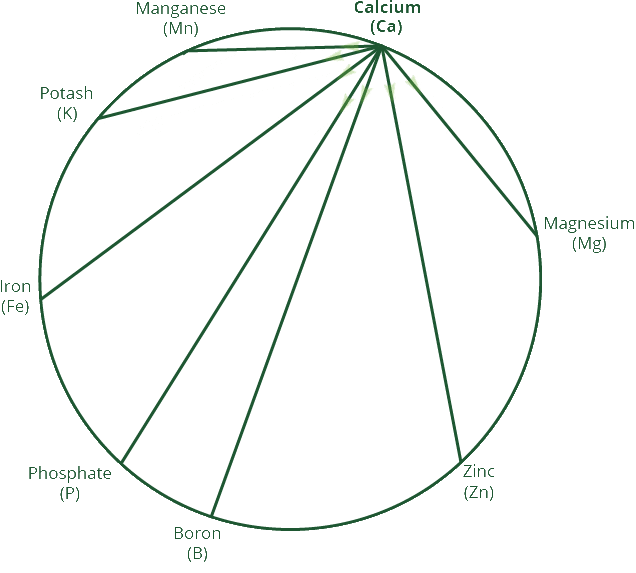
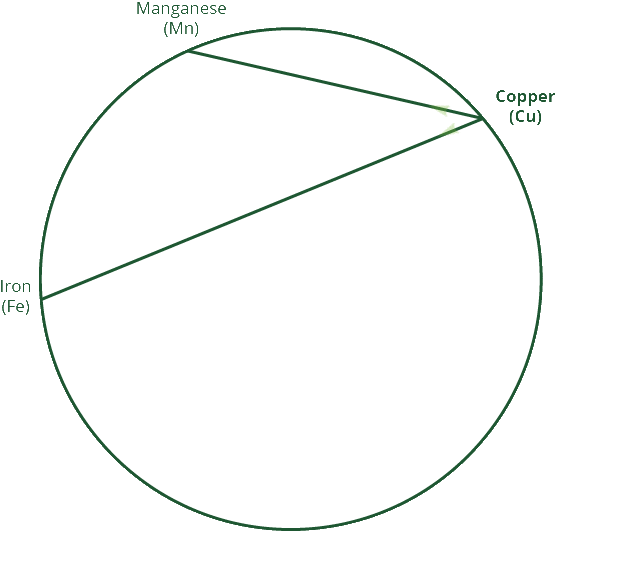

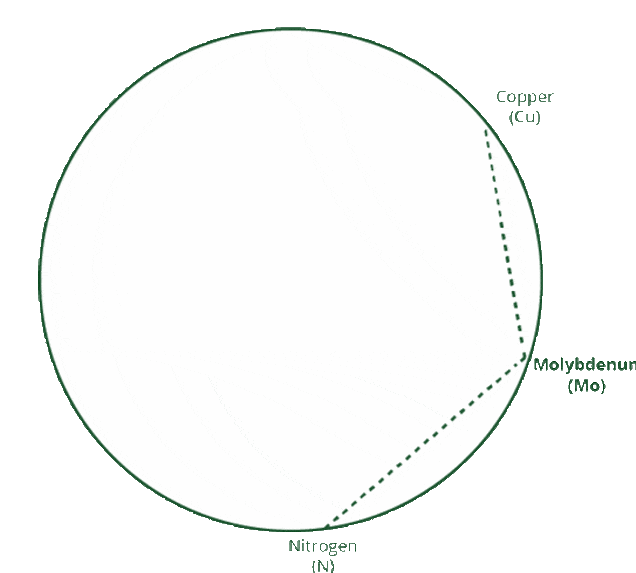
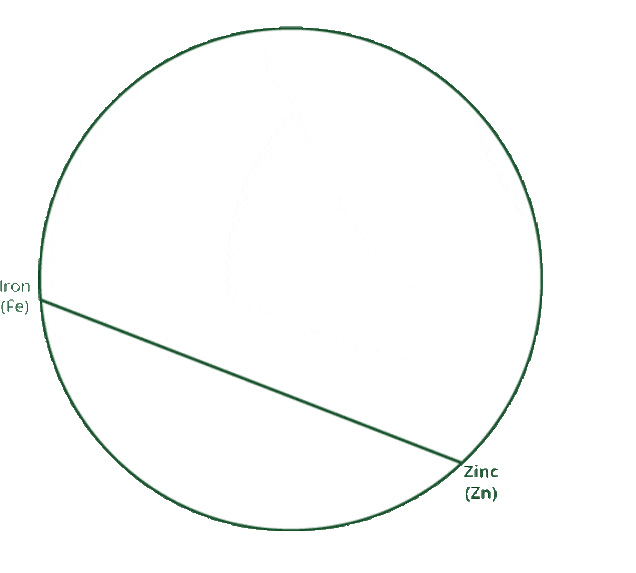
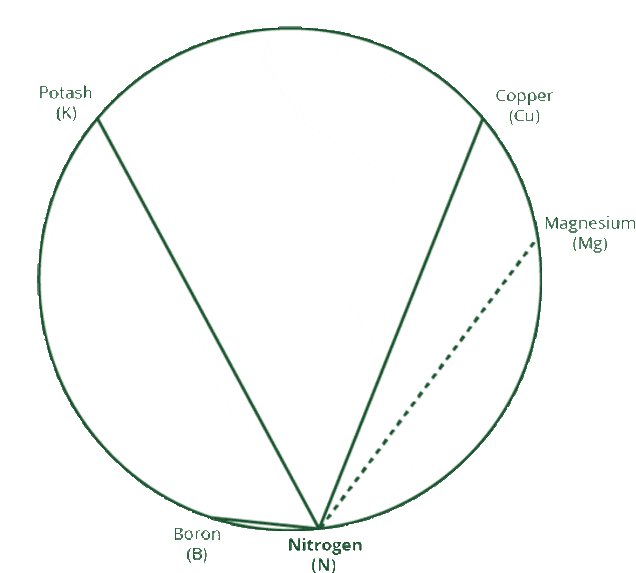

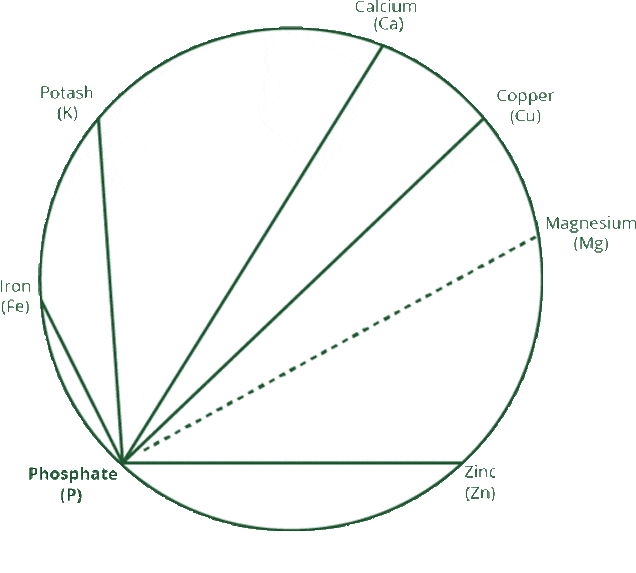
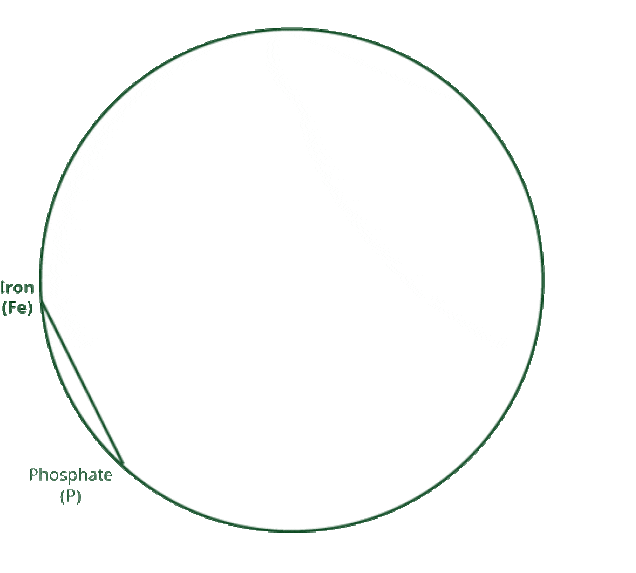
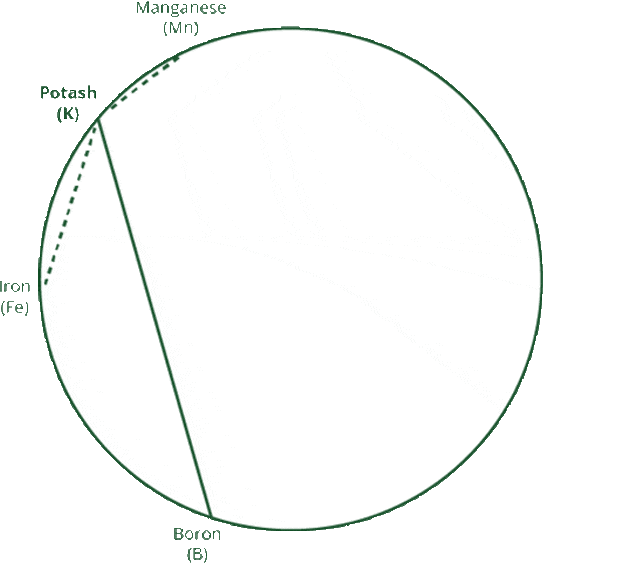
Stimulation
Stimulation occurs when the high level of a particular nutrient increases the demand by the plant for another nutrient. Increased nitrogen levels create a demand for more magnesium. If more potassium is used – more manganese is required and so on. Although the cause of stimulation is different from that of antagonism, the result is the same – induced deficiencies of the crop if not supplied with a balanced diet. High levels of molybdenum in the soil and in the herbage reduce an animal’s ability to absorb copper into the bloodstream, and ruminant animals grazing these areas have to be fed or injected with copper to supplement their diet (see Mo/Cu dotted line).

